
ivy🦋 ️ on Twitter "They're so buba and kiki"
Sooner or later, I was going to get around to this: it's one of the most famous experiments in linguistics. • Written with Molly Ruhl and Gretchen McCulloch..

Cualquiercosario 17 El efecto Buba Kiki. YouTube
The kiki-bouba test, or kiki / bouba effect, is a test in psychology that examines a person's association between certain sounds in language and types of shapes. In the kiki bouba test, a subject may be shown two irregular, abstract shapes. Usually, the shapes are shown in monochrome, either gray or black. One of these shapes has sharp, spiky.

Kiki i MatejBuba lila YouTube
At its most basic, this is known as the bouba-kiki effect, or maluma-takete effect, because of how our minds link certain sounds and shapes. Across many different languages, people tend to.

Buba Kiki on Behance
The bouba/kiki effect is the phenomenon where humans show a preference for certain mappings between shapes and their corresponding labels/sounds. The above image of 2 theoretical objects is shown to a participant who is then asked which one is called a 'bouba' and which is called a 'kiki'. The results generally show a strong preference.
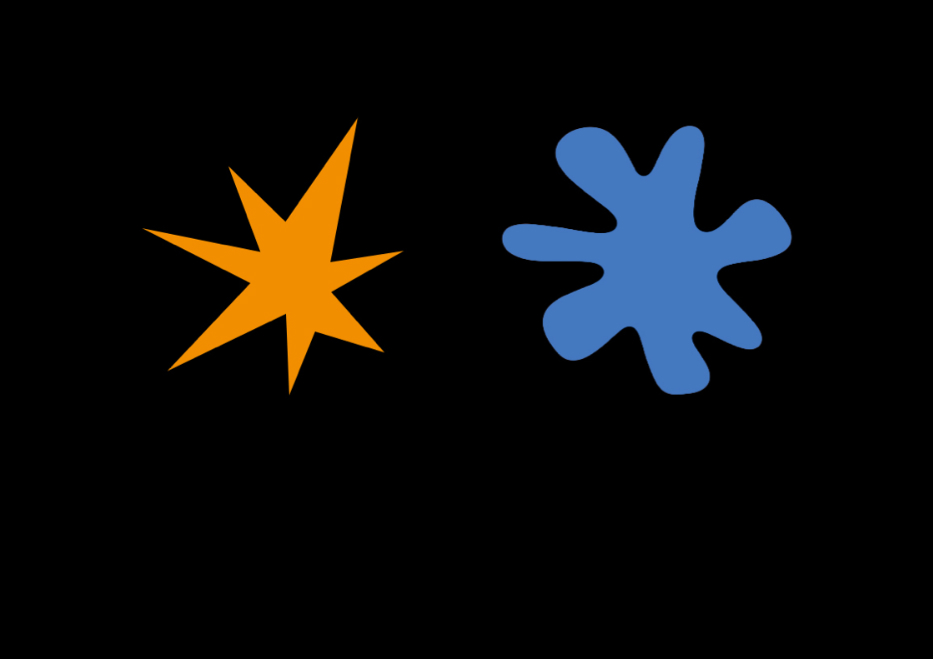
Efekt bubakiki dlaczego nasz mózg łączy rzeczy, które są zupełnie
In the Bouba-Kiki Effect, people are shown a pointy picture or a curvy picture and asked to identify it as "Bouba" or "Kiki" even though those are both non-sense words. A surprising number of people, regardless of language, identify the rounded shape as "Bouba" and the pointy shape as "Kiki" even though they had not been told what the words.

Booba y Kiki Desmotivaciones
Follow QI on Twitter http://twitter.com/qikipedia Follow QI on TikTok https://www.tiktok.com/@theqielvesFollow QI on Facebook http://facebook.com/offic.
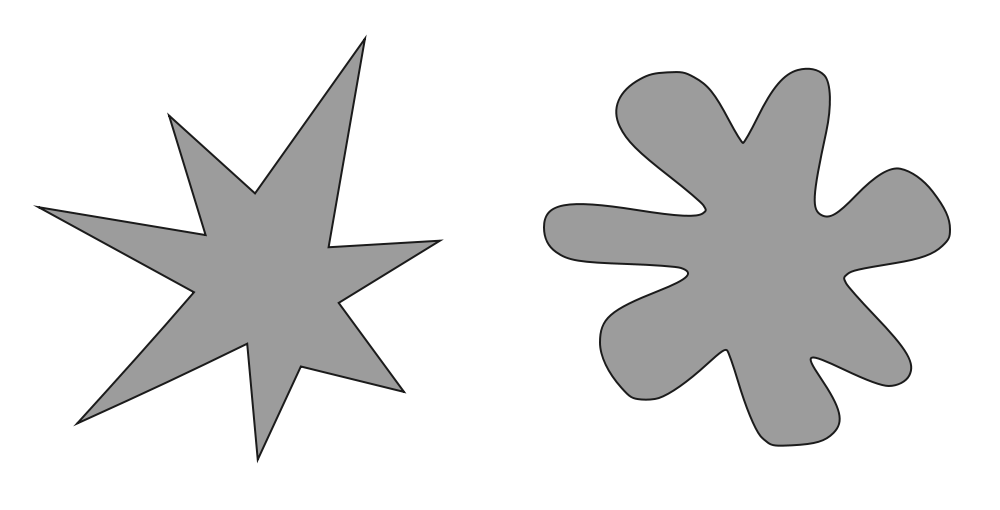
When Language Mimics Life Beyond the Fourth Floor
Most people around the world agree that the made-up word 'bouba' sounds round in shape, and the made-up word 'kiki' sounds pointy—a discovery that may help to explain how spoken languages.
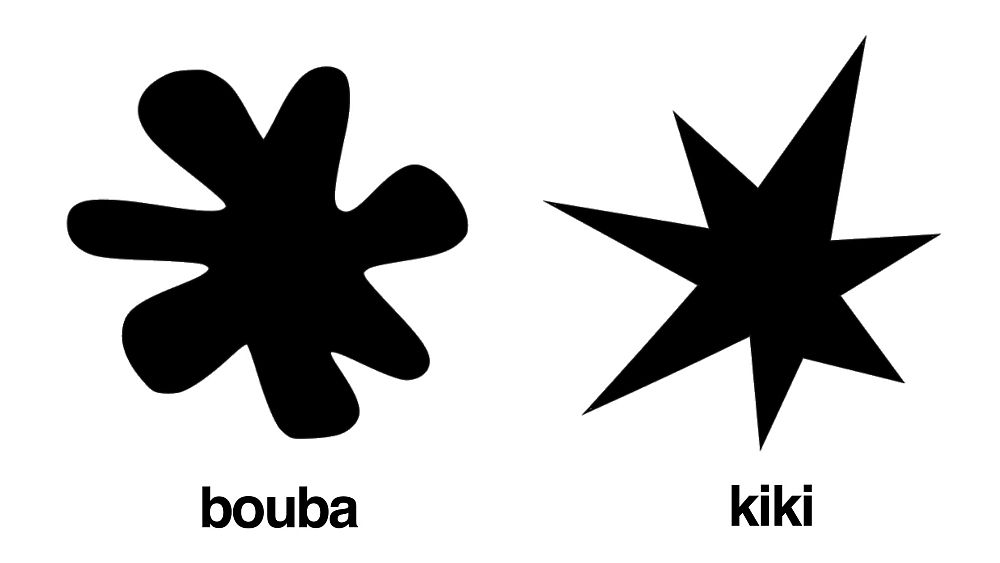
What is the Bouba/Kiki effect and what does it mean for the origins of
By Laurel Schwulst. June 28, 2023. Maybe you've heard of the "kiki/bouba" effect — it's a classic psycho-linguistics experiment that explores the relationship between nonsense words and.

2014 — Art by Julia Hamilton
http://www.sciencefriday.comIf you were looking at two shapes—specifically, a pointy, jagged polygon and an amoeboid-like splotch—which would you name "bouba.

¿A cuál llamarías «Bouba» o «Kiki»? Selectividad Filosofía
In a study, when presented with a rounded shape and a spiky shape and asked which one was the "bouba," the majority of respondents pointed to the rounded shape. When asked which one was the.
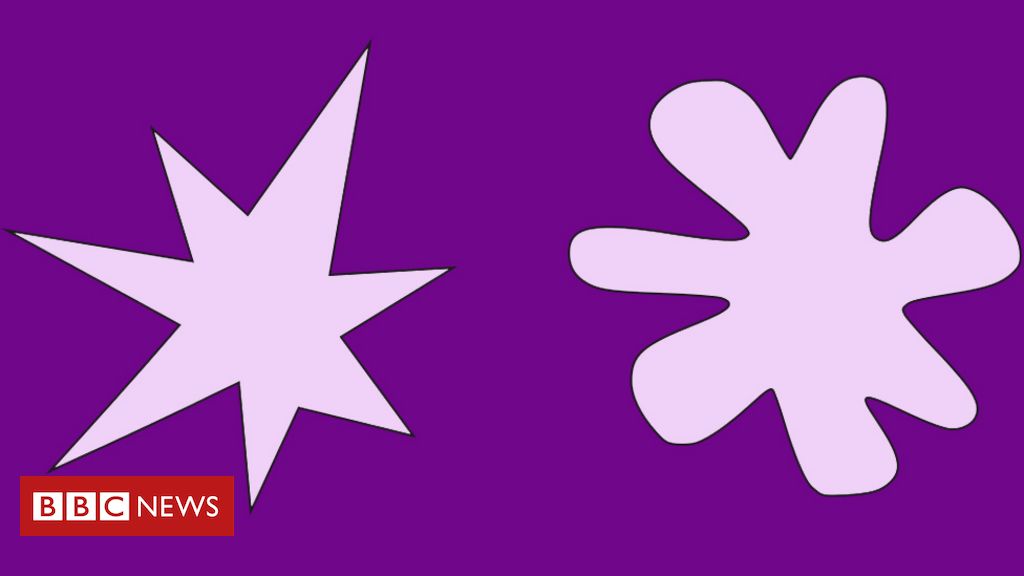
'Kiki ou bouba?' o fenômeno por trás da pergunta a que todos
The bouba/kiki effect, or kiki/bouba effect, is a non-arbitrary mental association between certain speech sounds and certain visual shapes. Most narrowly, it is the tendency for people, when presented with the nonsense words bouba / ˈbuːbə / and kiki / ˈkiːkiː /, to associate bouba with a rounded shape and kiki with a spiky shape.

What the “bubakiki effect” reveals about our perception of the world
Ramachandran and Hubbard reasoned that because of the sharp form of the visual shape, subjects tended to map the name "kiki" onto the left figure, and because of the rounded auditory sound, subjects tended to map the name "bouba" onto the right figure (Ramachandran and Hubbard, 2001). Other researchers have proposed that perhaps this.

PPT ASSOCIAÇÕES ENTRE SONS E IMAGENS REALIZADAS PELO CÉREBRO E O
The bouba/kiki effect—the association of the nonce word bouba with a round shape and kiki with a spiky shape—is a type of correspondence between speech sounds and visual properties with potentially deep implications for the evolution of spoken language. However, there is debate over the robustness of the effect across cultures and the influence of orthography.

When people are presented with a pointy shape and a blob shape and
"This is the beauty of iconicity, we can resemble," Ćwiek says. Bouba/Kiki and intercultural connections. The Bouba/Kiki experiment originated in 1929 when Wolfgang Köhler used the words.
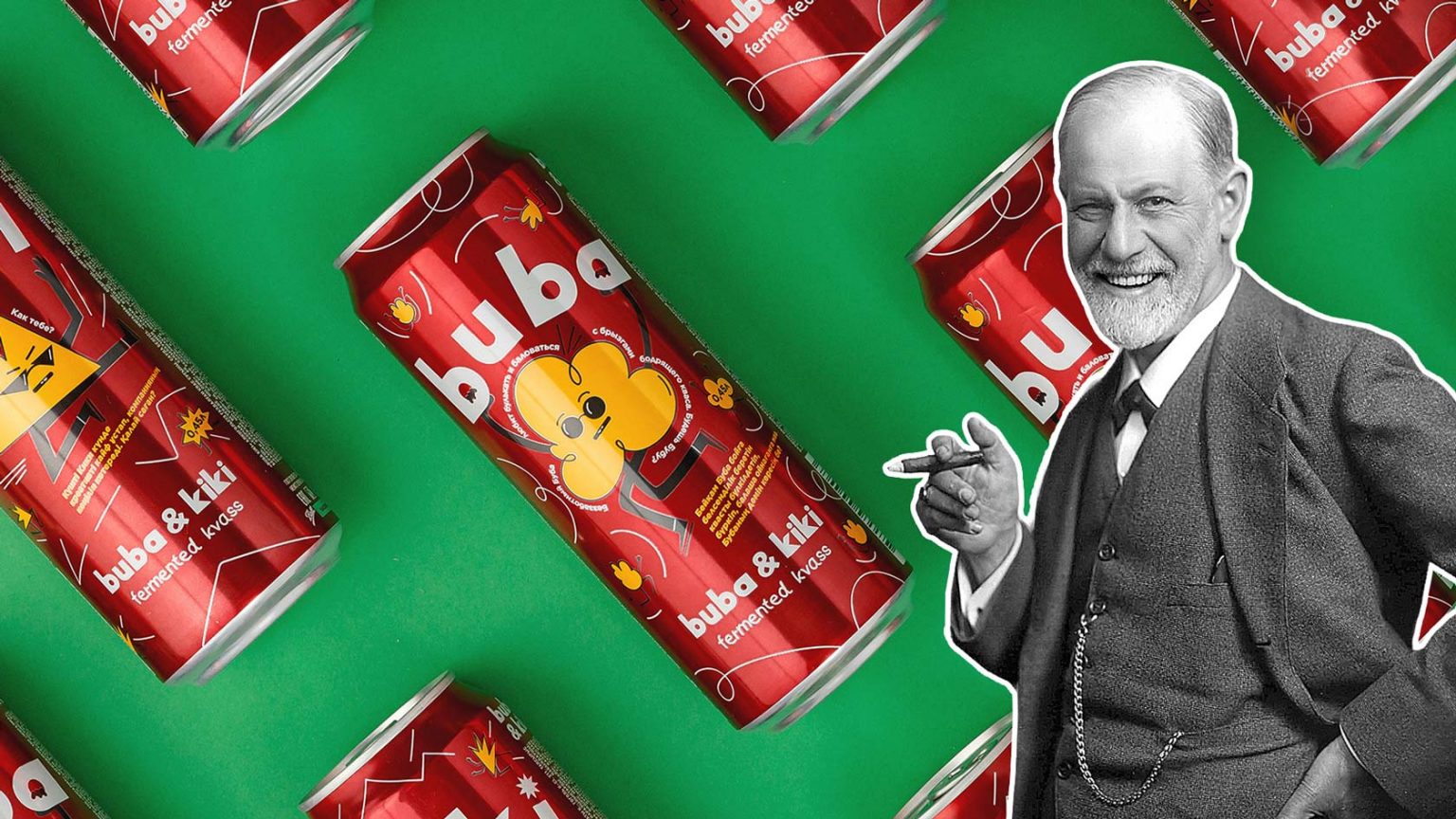
Buba & Kiki SEED Designer.kz
Efekt buba-kiki. „kiki" - z lewej; „buba" - z prawej. Efekt buba-kiki [1] - przykład niearbitralnego asocjowania dźwięków mowy z wizualnym kształtem obiektów [2]. Efekt ten wykazano po raz pierwszy w drodze eksperymentów psychologicznych przeprowadzonych przez niemieckiego badacza Wolfganga Köhlera [3].

buba and kiki intro vid YouTube
A: The Kiki-Bouba effect is a famous and influential example of this cross-modal correspondence. It is the pairing of sounds (words: Kiki & Bouba) to visual features (shapes: Jagged & Bulbous). But similarly, other senses also have a mapping of this sort. Touch can feel kiki with sand but bouba with cotton.